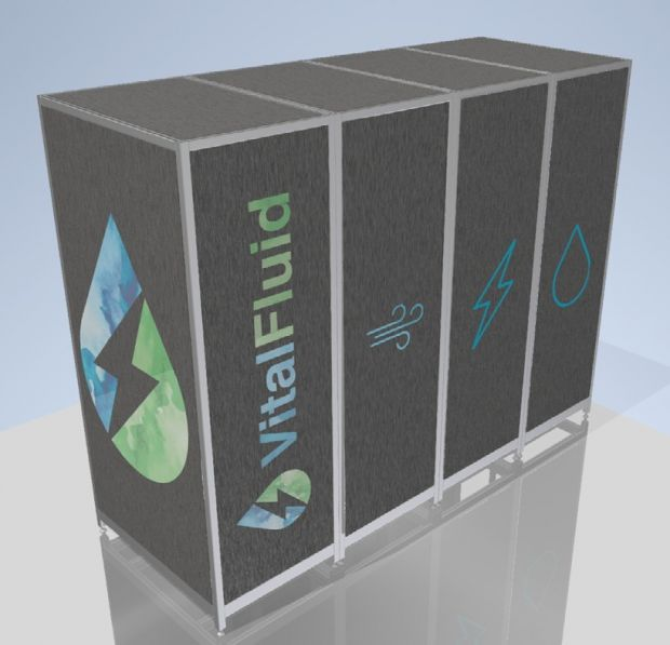
News
Making fertilizers based on water and air
Using nitrogen and oxygen to clean water, and then using the new compounds as fertilizer. It sounds too good to be true, but the company VitalFluid developed a method that makes it possible. The Greenhouse Horticulture and Flower Bulbs Business Unit of Wageningen University & Research is investigating how the fertilizers can be used in "organic" crops.
When air is electrocuted, for example by a bolt of lightning, a plasma is formed: in it, the nitrogen (N2) and oxygen (O2) break down into reactive components. When the plasma is conducted through water, these components form connections with each other. When these new combinations come into contact with water (H2O), new reactive oxygen and reactive nitrogen compounds are formed. These substances have a temporary effect on microorganisms, and thus ensure the cleaning of the water. When the compounds have worn off, the stable fertilizer nitrate remains.
VitalFluid uses this principle for two applications: seed treatment and the creation of fertilizers. WUR was asked to investigate whether these fertilizers can be used for "organic" cultivation ("USDA approved"). This is because no directly absorbable nitrogen fertilizers have admissions for usage in these organically grown crops. The organic fertilizers that are permitted are only absorbed when they have been converted by micro-organisms in the soil. As a result, growers cannot apply the fertilizers very precisely.

The fertilizers created in the VitalFluid system can be absorbed directly by the crop. But how can they best be administered? For example, how do they react to other substances, and how can the nitrate solution be neutralized? WUR is researching this in the cultivation of tomatoes: from May to November, half of a greenhouse compartment receives organic fertilizers according to a regular USDA method, and the other half the same fertilizers supplemented with the nitrate from the VitalFluid system.

This project is funded by the EU Horizon 2020 research and innovation program under Grant Agreement number 5049-1.